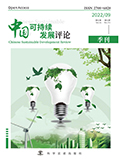参考文献
[1] Xue S, Zhang B, Zhao X. Brain drain: The impact of air pollution on firm performance[J]. Journal of Environmental Economics and Management, 2021, 110: 102546.

